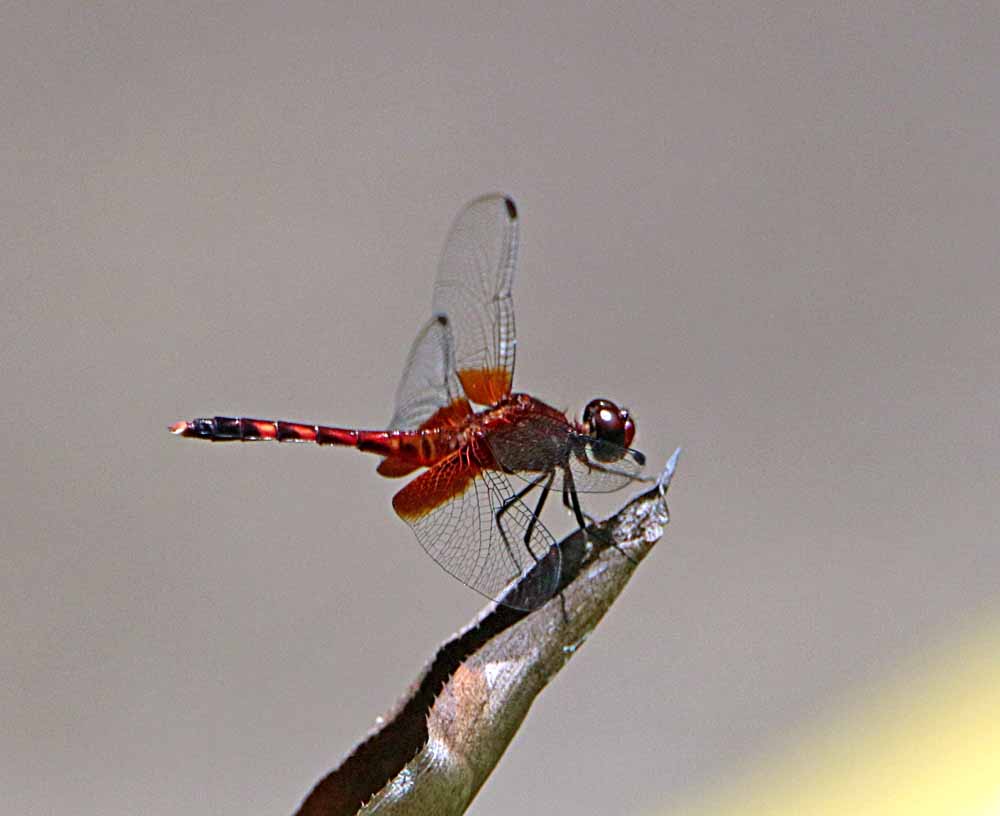I think it is most likely the Telemiades nicomedes, but not sure, so giving it the genus name. iNaturalist uses the genus name a lot as you can see on this Genus Telemiades page of iNaturalist Costa Rica.
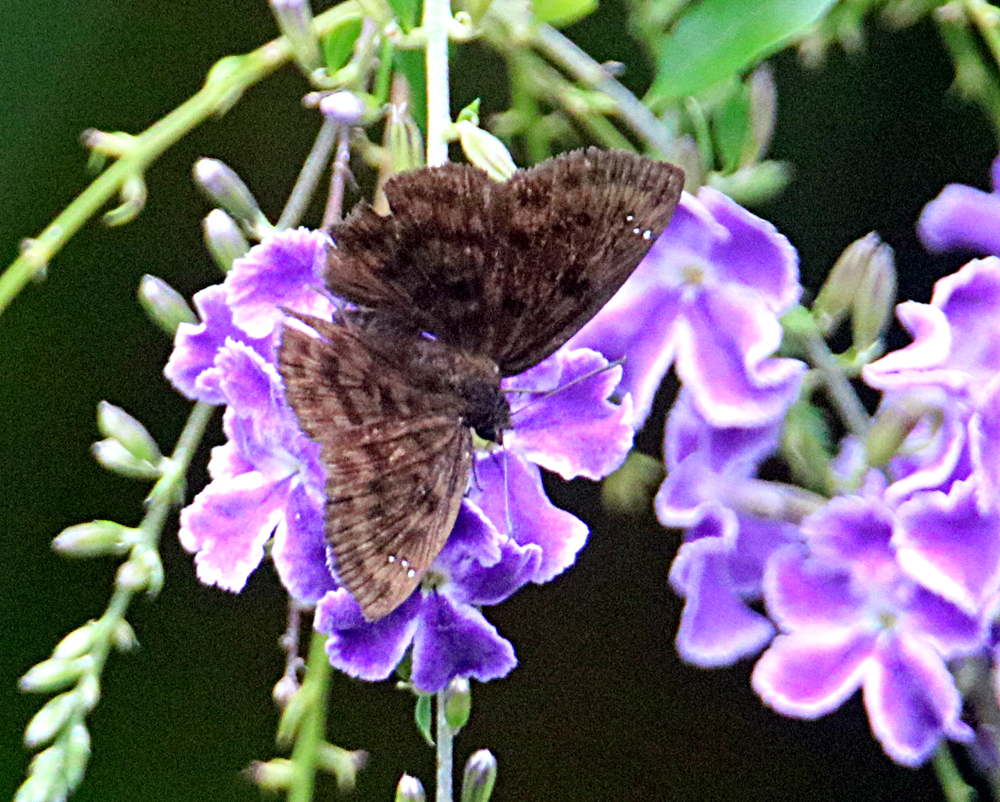
¡Pura Vida!
I think it is most likely the Telemiades nicomedes, but not sure, so giving it the genus name. iNaturalist uses the genus name a lot as you can see on this Genus Telemiades page of iNaturalist Costa Rica.

¡Pura Vida!
Is still coming around in September and I’m glad! I think he is one of the most elegant of the birds here!
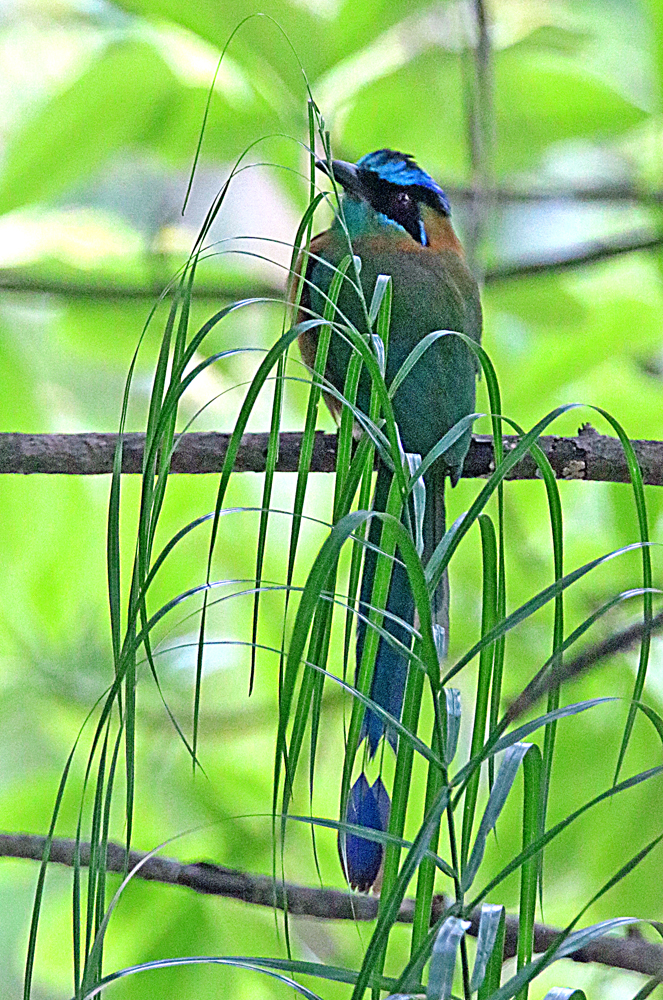
See my gallery: Lesson’s Motmot, Momotus lessonii
¡Pura Vida!
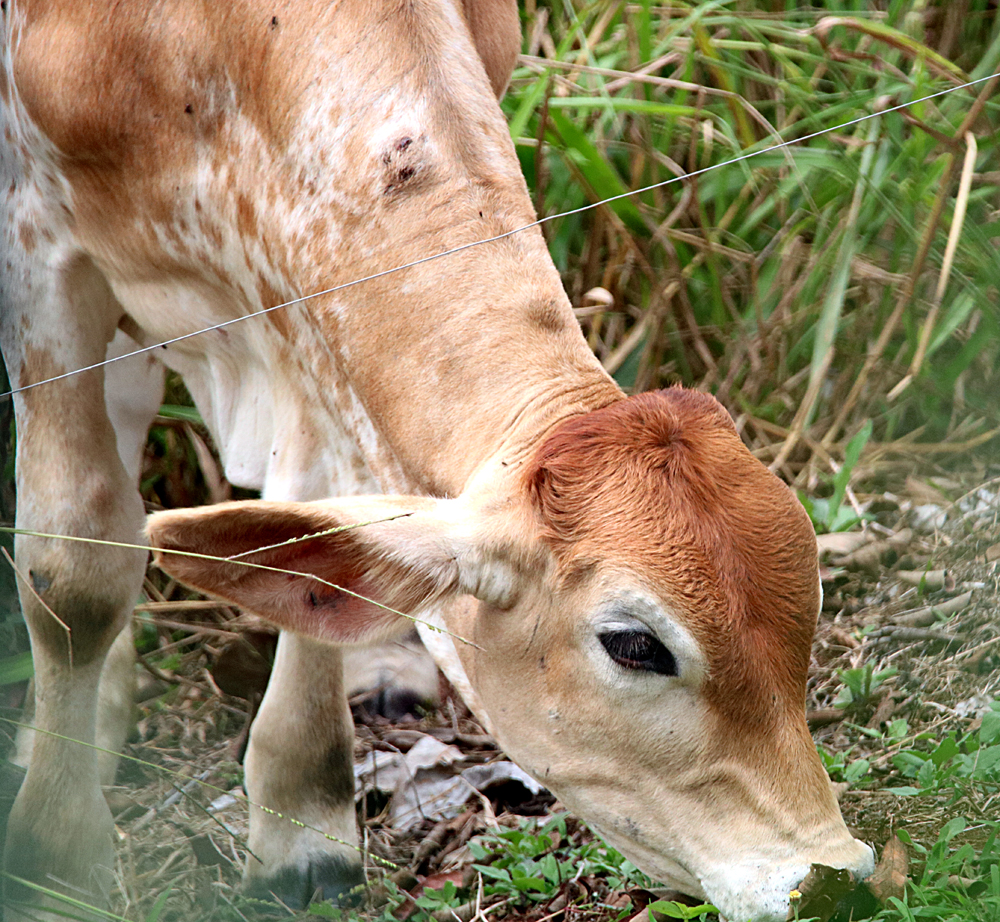
And like with most of the young everywhere it seems, the grass appears greener on the other side of the fence! 🙂
¡Pura Vida!
As my last post from the Tortuguero Adventure, I’m introducing just one of several unusual flowers at Tortuga Lodge & Gardens which help them live up to the “gardens” part of their name. The iNaturalist AI is “confident” that the flowers in both of these photos are in the Genus Columnea (linked to Wikipedia taxonomy article) or you can see other examples in Costa Rica that have been submitted with that genus, including some with specific species, on iNaturalistCR-Genus-Columnea. And as the first “suggestion” species on both these similar but different photos, they give the species name Columnea nicaraguensis. (linked to photos of that species on iNaturalist Costa Rica). And that is most likely the correct species of these two photos even though they seem a little different.
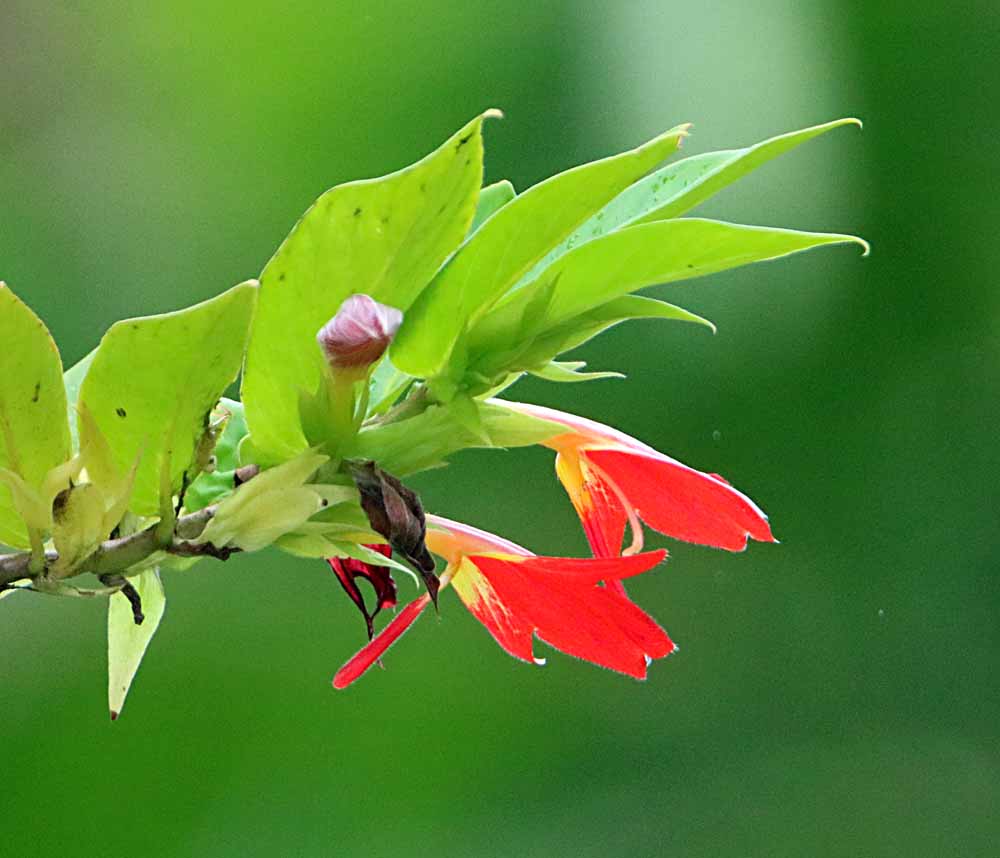
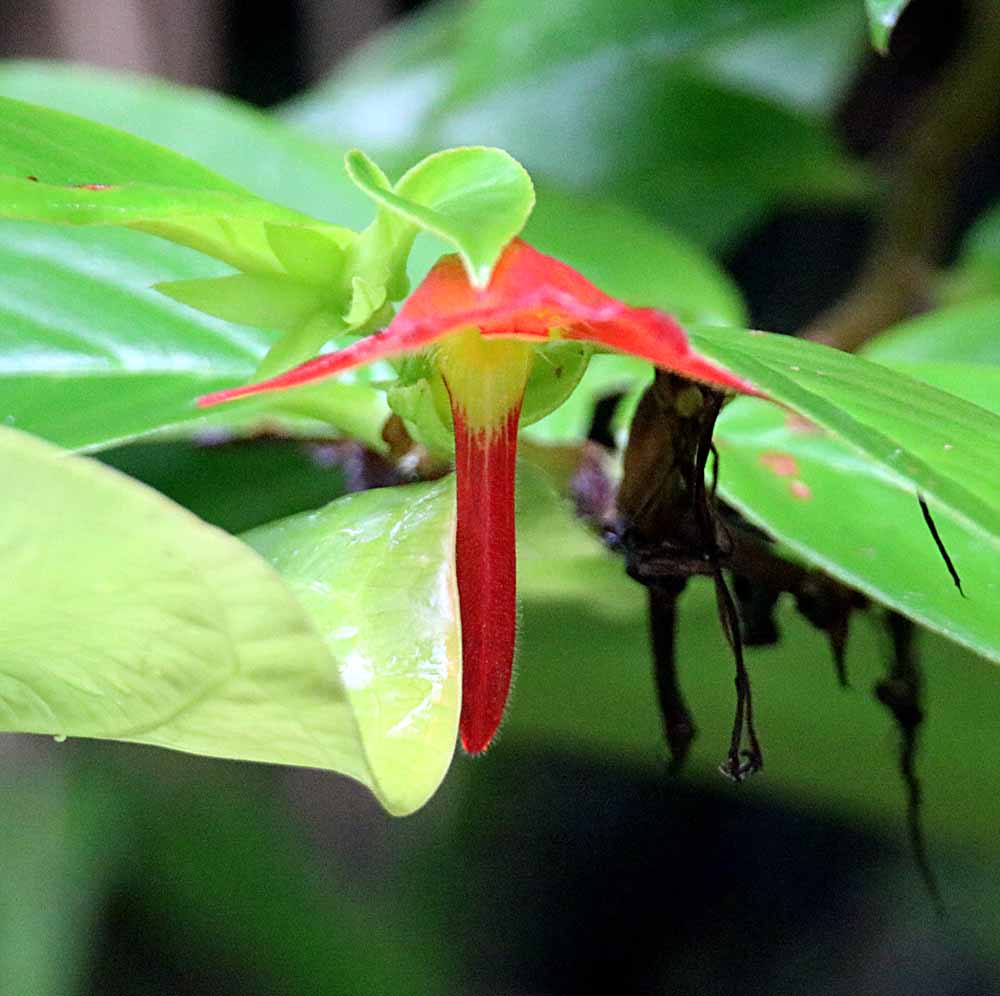
Be sure to check out the FLOWERS gallery in the Trip Gallery and notice other interesting flowers like the Peacock Flower, Night-scented Orchid and Pheasant’s Tail! 🙂
¡Pura Vida!
Tomorrow it is back to photos from my garden and for about a week, shots made in early September that I held for now. 🙂
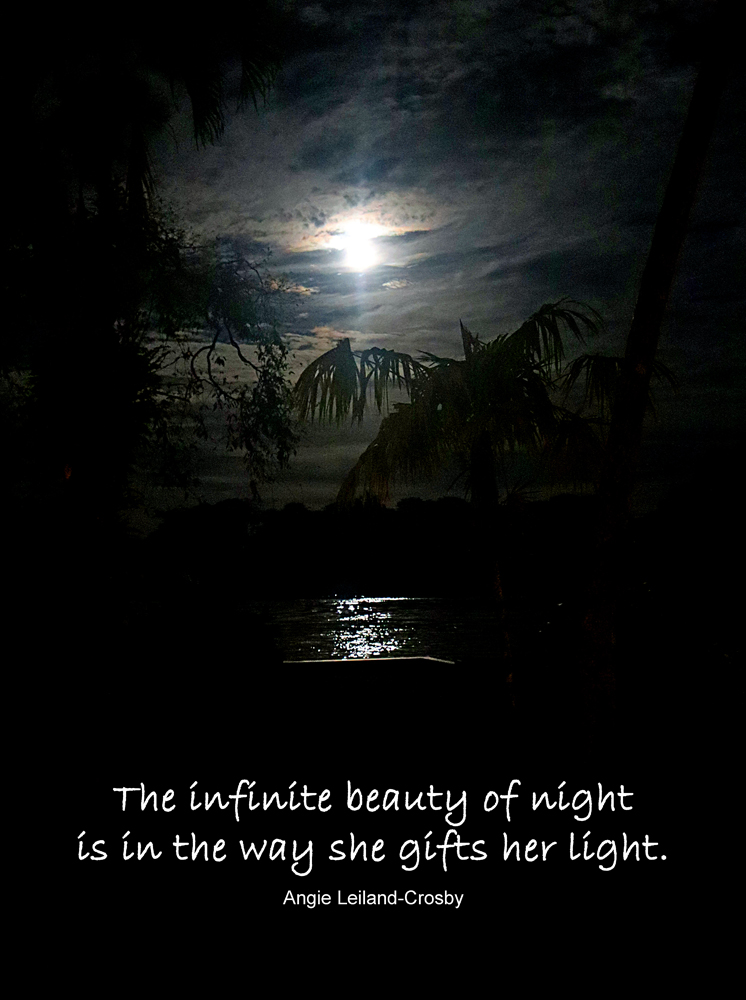
¡Pura Vida!
Photo made by Charlie Doggett on a Samsung J8 Cellphone during dinner in the restaurant of Tortuga Lodge & Gardens, Tortuguero National Park, Limón, Costa Rica, September 8, 2025.
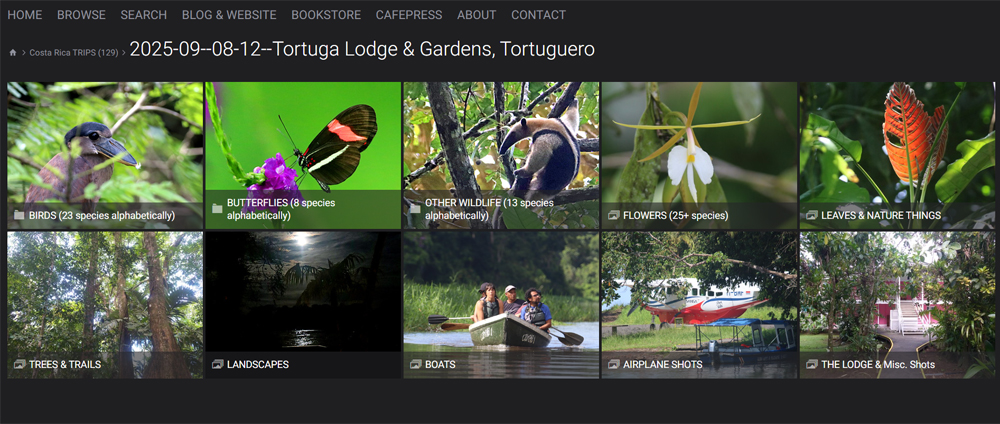
Go to: https://charliedoggett.smugmug.com/TRIPS/2025-09-08-12-Tortuga-Lodge-Gardens-Tortuguero
For the last two weeks I’ve shared photos made on my 4-night trip to “The Amazon of Costa Rica,” Tortuguero National Park. And that was only the “tip of the iceberg” of the many photos made. See them all in the above gallery! Having this kind of nature adventures is why I chose to live out my retirement in Costa Rica and it has already surpassed my hopes and dreams and though I have to slow down some, the adventures continue! Sometimes in my little backyard garden! 🙂
¡Pura Vida!
out of the 3 that live in Tortuguero were photographed on my trip there more than a week ago now. I always see monkeys in Tortuguero, both at the lodges and on the boat trips or forest trail hikes like I did on the Jaguar Trail this trip. Here’s just 2 shots, one each of a Mantled Howler Monkey and a Central American Spider Monkey. My Trip Gallery is now finished, so you can now see several shots of each species there:
And oh yes, the third monkey usually seen in Tortuguero is the White-faced Capuchin Monkey (linked to my species gallery) but I did not see one this time, which is unusual. They are the most aggressive of the three and will steal food from your bags, etc.
Here’s one shot each of the Howler and Spider monkeys from this trip . . .
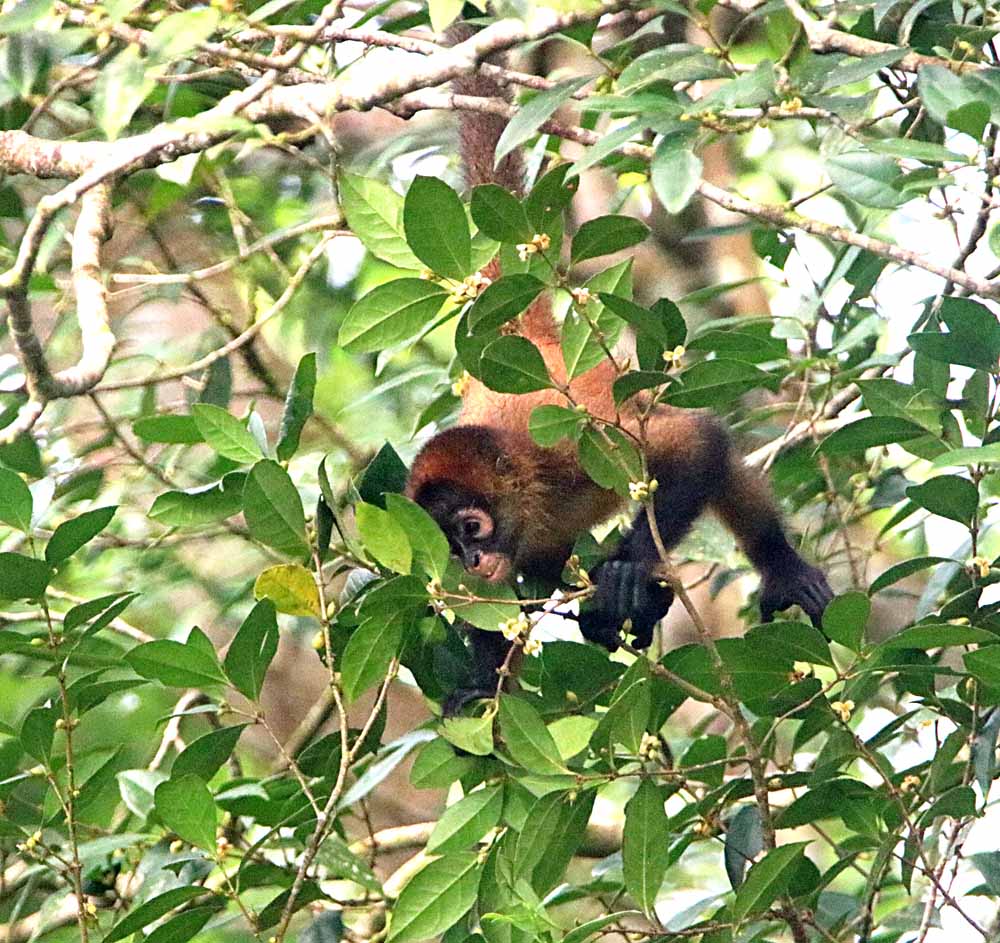
One of the many interesting things seen on my Jaguar Trail hike (Tortuguero) was a Northern Tamandua, a type of anteater. He was high in the many dark shady trees and thus very difficult to photograph, but here are 3 photographs that give you an idea of this larger than monkeys but smaller than an adult man, looking like he is wearing black coveralls or vest or suspenders! 🙂 You can see the few other photos I’ve made in other parts of Costa Rica of this interesting mammal in my gallery: Anteater, Northern Tamandua, Tamandua mexicana. This one lives throughout Central America from Southern Mexico to the northern edges of the Andes, though there is also another, larger, species of anteater in South America called “Giant Anteater.” Here’s 3 photos made on one of my hikes in Tortuguero National Park a week or so ago . . .
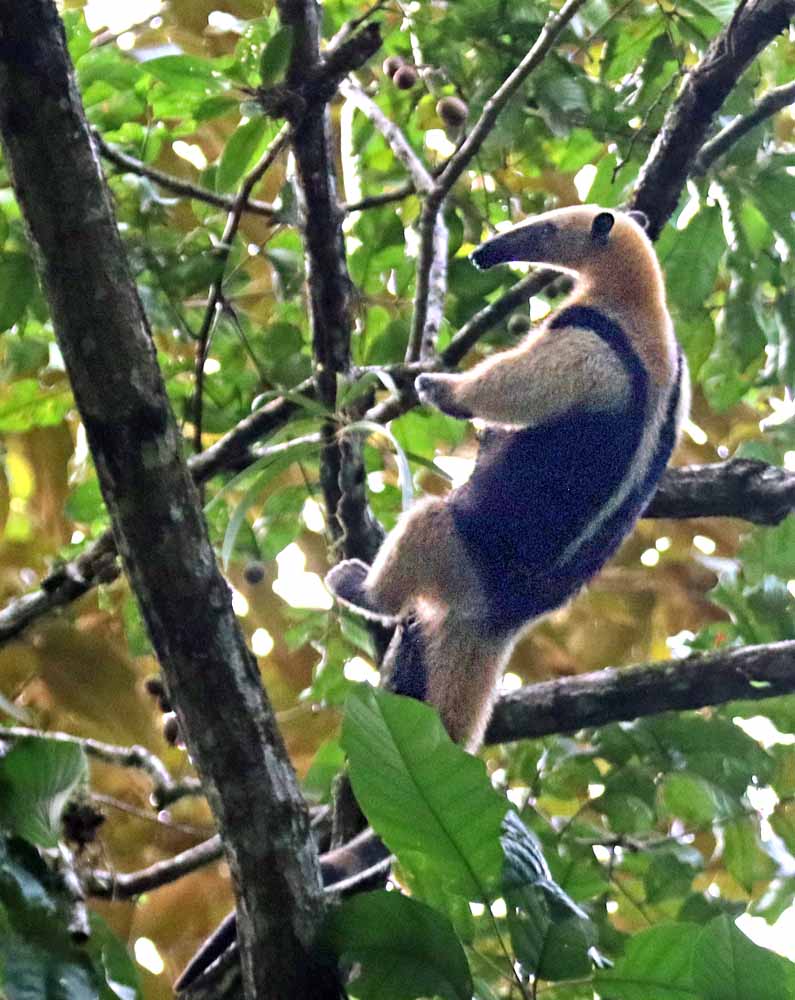
This Heliconius erato (scientific name) has the English Common Name of “Red Postman” as opposed to the Heliconius melpomene rosina (my gallery link) which is often called just plain “Postman.” There is only a slight difference in both the red and the white bars on these two similar butterflies
And note that this one in today’s post has a very long Spanish Common Name here in Costa Rica: “Mariposa de Alas Largas de Bandas Carmesí.” See more of my many photos of this “Red Postman” Heliconius erato in that linked gallery. The two photos here were made near my room at Tortuga Lodge & Gardens, Tortuguero National Park, Limón, Costa Rica.
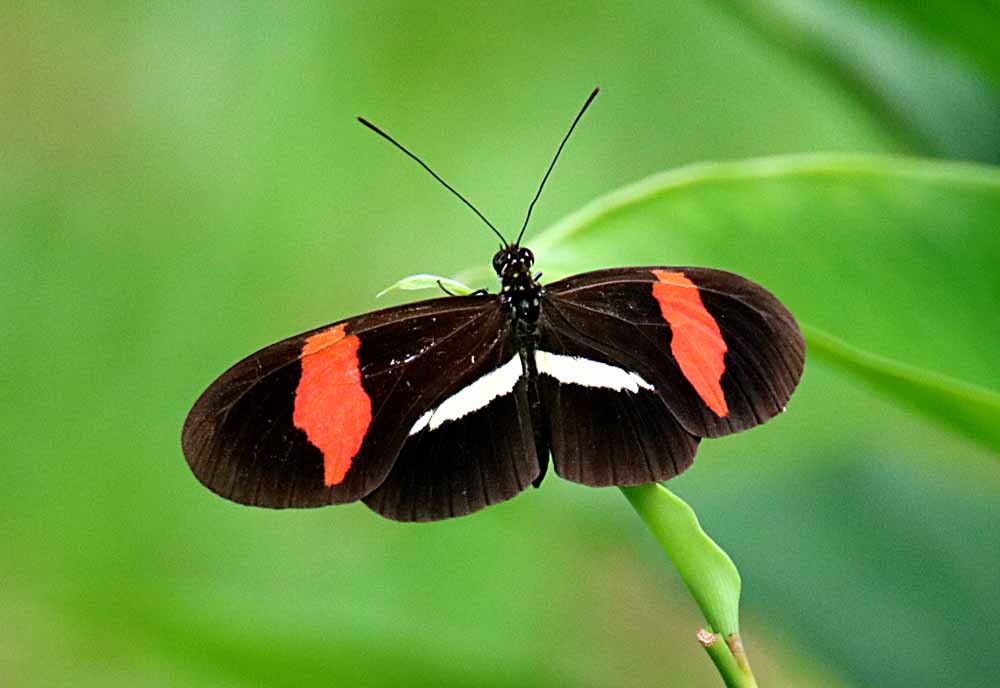
The most frequently seen dragonfly at Tortuguero this year was the Red-mantled Dragonlet – Erythrodiplex fervida (my gallery link). I saw them at both the Tortuga Lodge and on the Jaguar Trail in the park and in my gallery are sightings at Manquenque Ecolodge, Hotel Banana Azul, and Gandoca Manzanillo Wildlife Refuge; all on the Caribbean Slope! Here’s three shots made this month in Tortuguero . . .
